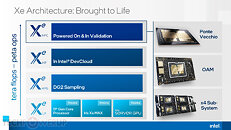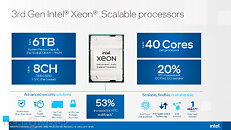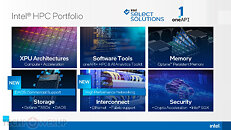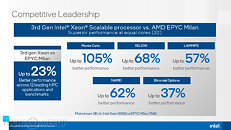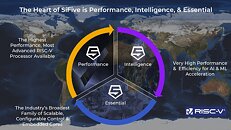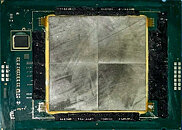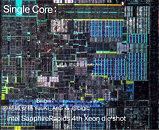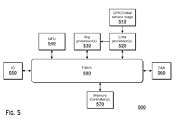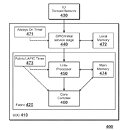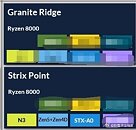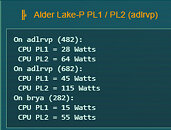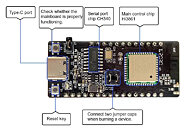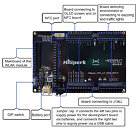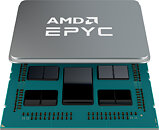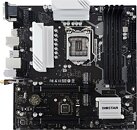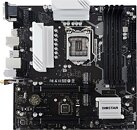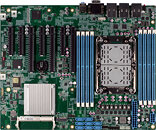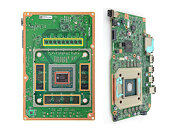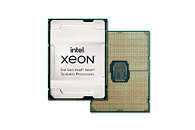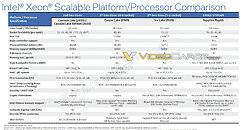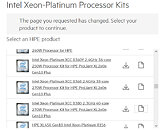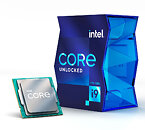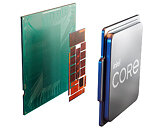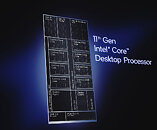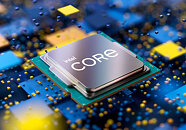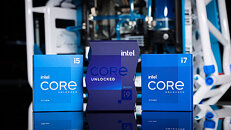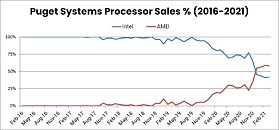
EVGA Goes Red, Teases The First Ever Motherboard Made for AMD Ryzen Processors
EVGA Corporation, or simply EVGA as it is known in the community, is the maker of various PC components and peripherals. As many of you are aware, EVGA has historically been focused on making products based on silicon coming from NVIDIA and Intel. The company has used NVIDIA products exclusively for its GPU portfolio and used Intel chipsets for its motherboard solutions. In the past, EVGA made motherboards for AMD processors, however, these boards used NVIDIA's chipset so they weren't technically full AMD motherboards. Starting today, that is about to change as we got some very juicy teasers from EVGA. In the nine-second video teaser on YouTube titled "A new Darkness is coming...", EVGA showcased a simple animation showing the AMD Ryzen logo surrounding EVGA's.
And of course, that only means one thing. EVGA will officially be joining the ecosystem of AMD and offering motherboards for their Ryzen processors. While the company is "one of the top NVIDIA authorized partners" in GPUs, on the CPU front it is officially joining Team Red and marking an important milestone for everyone. It is still not clear what kind of motherboard we will be getting, however, we can expect to see EVGA's best engineering applied in the form of a possible X570 Dark motherboard.Below, you can see the video teaser.
And of course, that only means one thing. EVGA will officially be joining the ecosystem of AMD and offering motherboards for their Ryzen processors. While the company is "one of the top NVIDIA authorized partners" in GPUs, on the CPU front it is officially joining Team Red and marking an important milestone for everyone. It is still not clear what kind of motherboard we will be getting, however, we can expect to see EVGA's best engineering applied in the form of a possible X570 Dark motherboard.Below, you can see the video teaser.


